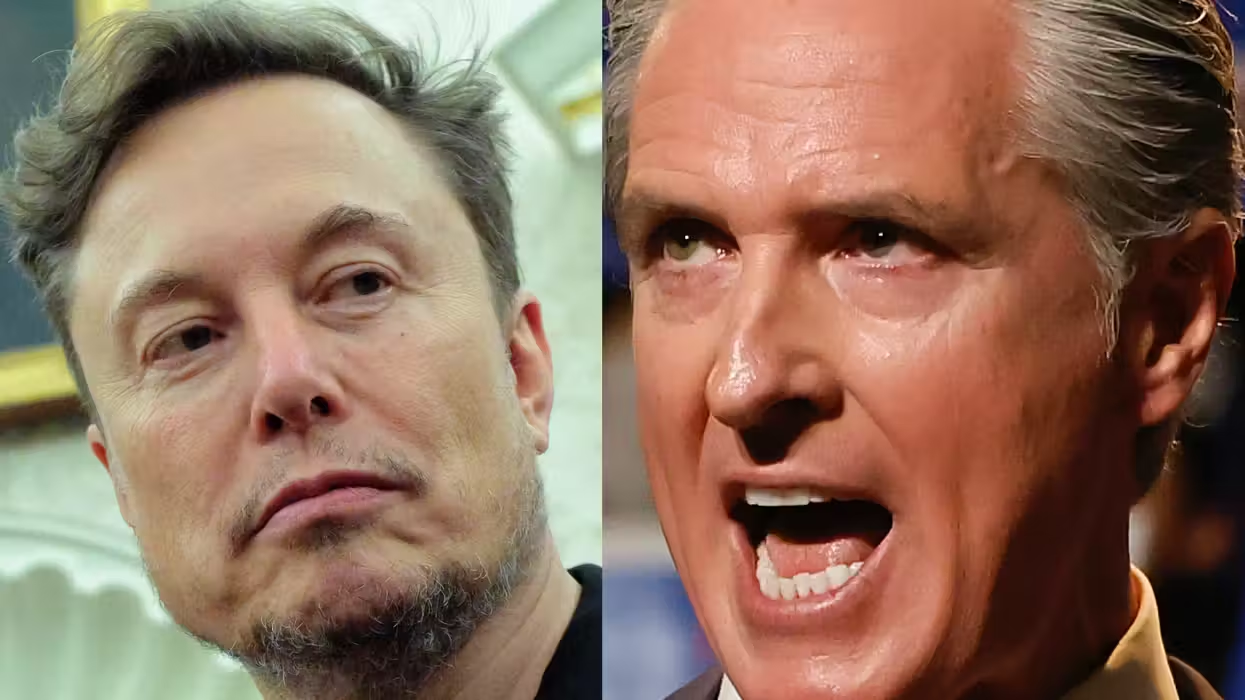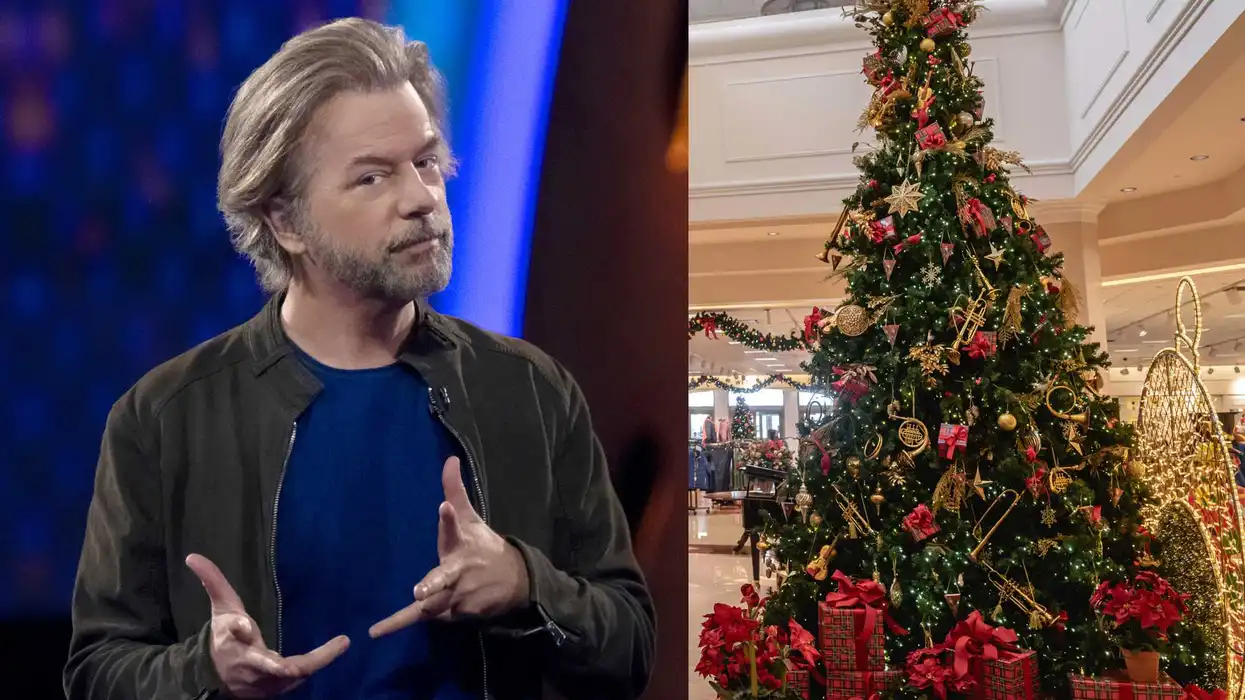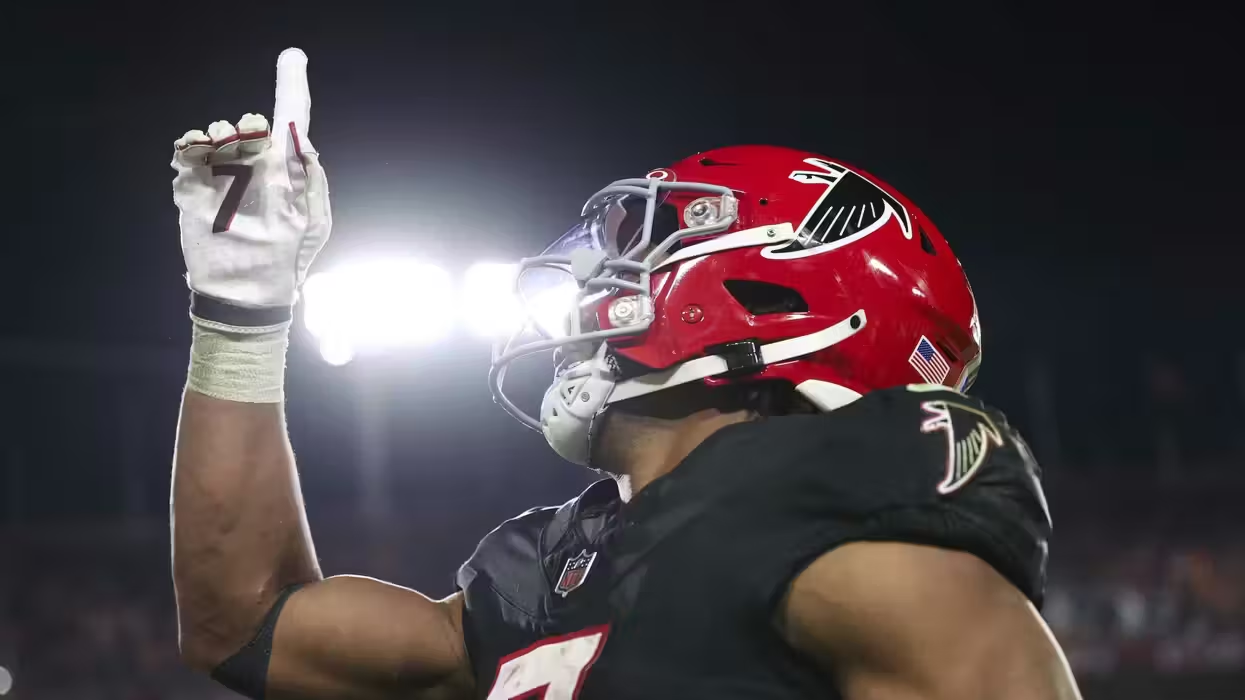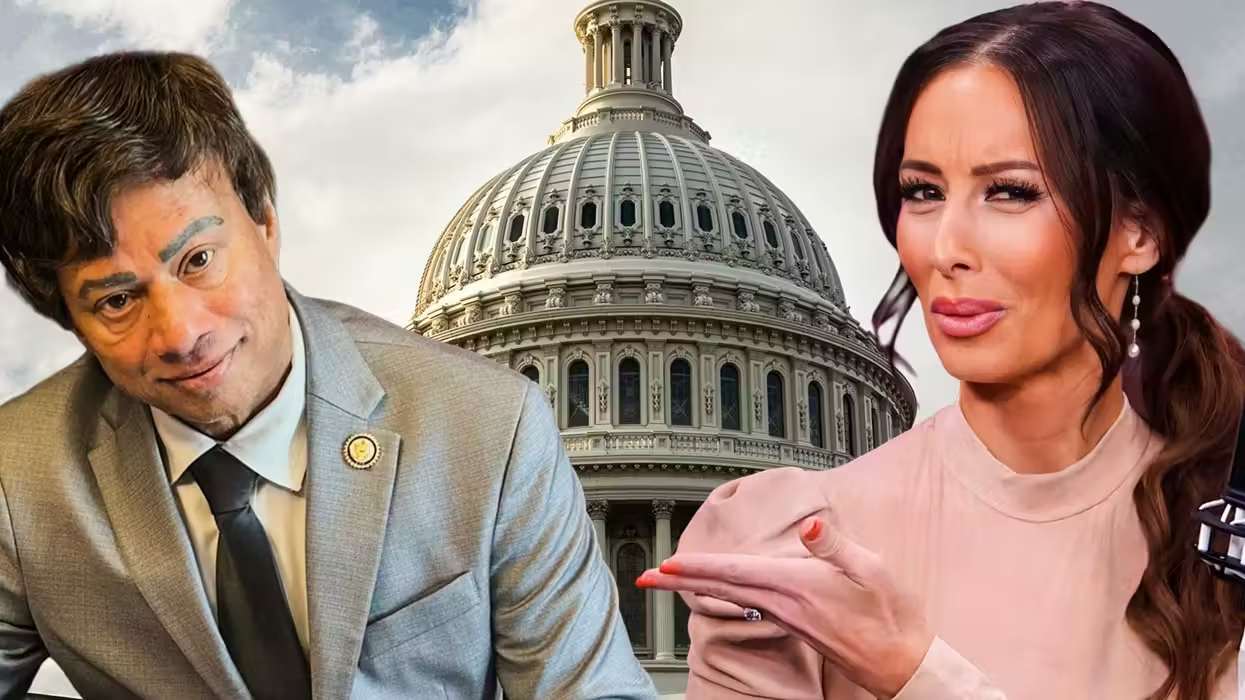
© 2025 Blaze Media LLC. All rights reserved.
Guess Who's Calling Out Hasbro for Gender Inequality: A 6-Year-Old (Read Her Letter)
November 20, 2012
"...if you don't fix it soon, my mum could throw Guess Who out."
 Guess Who? (Image: Hasbro)
Guess Who? (Image: Hasbro)
Hasbro's "Guess Who?" is a classic. There is nothing more satisfying that watching your opponent knock down several of the flipped up tiles with faces on them, putting you well on your way to guessing his or her main character.
What you might not have noticed if you have played this game though is that there seems to be a disproportionate ratio of boys to girls. It took a 6-year-old girl to point this out to the game company and, based on Hasbro's response, it could result in a change.
Jennifer O'Connell, a freelancer for several Irish publications, wrote on her blog the account of her daughter regarding this issue. Here's what she wrote in an email to Hasbro, which now owns Milton Bradley that originally made the game:
Dear Hasbro,My name is R______. I am six years old. I think it's not fair to only have 5 girls in Guess Who and 19 boys. It is not only boys who are important, girls are important too. If grown ups get into thinking that girls are not important they won't give little girls much care.Also if girls want to be a girl in Guess Who they'll always lose against a boy, and it will be harder for them to win. I am cross about that and if you don't fix it soon, my mum could throw Guess Who out.My mum typed this message but I told her what to say.
In a response back to "R", the company expressed their hope that mummy would clarify the following:
Guess Who? is a guessing game based on a numerical equation. If you take a look at the characters in the game, you will notice that there are five of any given characteristics. The idea of the game is, that by process of elimination, you narrow down who it isn't, thus determining who it is. The game is not weighted in favour of any particular character, male or female. Another aspect of the game is to draw attention away from using gender or ethnicity as the focal point, and to concentrate on those things that we all have in common, rather than focus on our differences.
Now that's quite a technical response to explain to a 6-year-old. At this point O'Connell wrote the company back herself. She said that Hasbro's response gave her daughter no clearer explanation as to why only a small handful of the characters in her favorite game were female.
"Obviously, she could choose to be a male character, but as you know, that's not usually how children work," O'Connell wrote.
Continuing, O'Connell then expressed that not only is her daughter at an age where she's unable understand the topic as they explained it, but neither is her 37-year-old Masters educated mother.
"As a company that makes toys for children, I would have anticipated you would communicate with your youngest customers in a more direct and child-friendly way," O'Connell said.
This email led the company to write a revised response to "R". This time they explained that she has the same chance of winning if she picks a boy card or a girl.
Hasbro assures "R" that they are considering adding more female face tiles to the game but in the mean time, she can print more character sheets and swap out the people in the game, if she wishes. The sports character sheet, Hasbro points out, has an equal number of boys and girls.
The company concludes with "We hope your mum does not throw out your Guess Who game!"
It should be noted that the quick fix of printing off new character sheets only works if "R" has one of the newer Guess Who? games. Watch this video for a look at the modern version of the game:
Here's what the old-school (1996) version of the game looks like:
(H/T: Jezebel via TheMarySue via TheFrisky)
Want to leave a tip?
We answer to you. Help keep our content free of advertisers and big tech censorship by leaving a tip today.
Want to join the conversation?
Already a subscriber?
more stories
Sign up for the Blaze newsletter
By signing up, you agree to our Privacy Policy and Terms of Use, and agree to receive content that may sometimes include advertisements. You may opt out at any time.
Related Content
© 2025 Blaze Media LLC. All rights reserved.
Get the stories that matter most delivered directly to your inbox.
By signing up, you agree to our Privacy Policy and Terms of Use, and agree to receive content that may sometimes include advertisements. You may opt out at any time.






